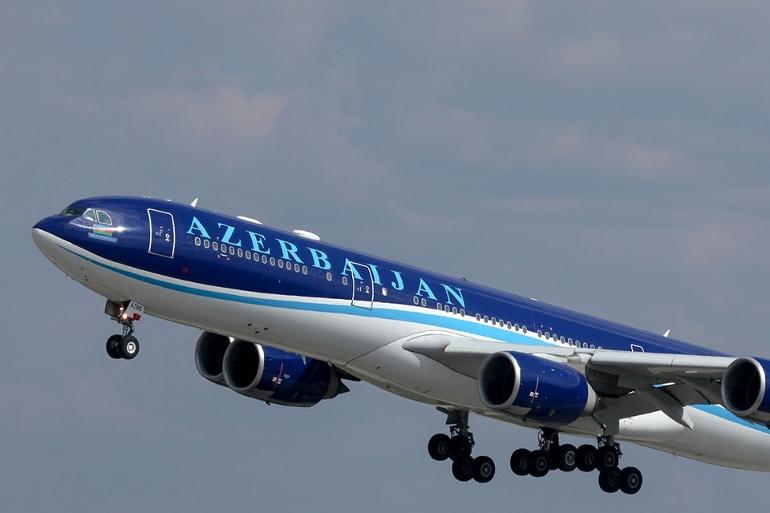I greet you warriors fighting for their lives or, as they say in Russia, men kissed by prostate cancer!))
Recently, information about radioligand therapy using the PSMA antigen-ligand and issues related to this therapy have been increasingly appearing on the forum. I would like to tell you about my experience of undergoing this therapy by a doublet or otherwise tandem method using two therapeutic isotopes simultaneously: Lutetium (177Lu) and Actinium (225AC) loaded on PSMA-617 molecules.
But a little bit about the background of this therapy. A specific, therapeutic combination looks like this: 177Lu – PSMA-617 + 225Ac – PSMA-617 with a short interval of administration of these two RFPs, for 15 to 30 minutes one after the other, into the patient's bloodstream. For convenience, it is often written as Lu + Ac – PSMA. Both of these RFPs have a half dose of isotope activity, which are used in mono mode. The maximum dose of activity in tandem therapy for the 177Lu isotope is 7.4 GBq and for 225Ac – 5 MBq, respectively. The 177Lu isotope is a source of beta radiation with a released energy at the decay of an atom of 0.497 MeV and with a beta particle run of up to 2 mm in a biological medium, the half-life of this isotope is 6.7 days. The isotope 225Ac is an alpha emitter with a decay energy of 5.935 MeV (12 times more!) and an alpha particle mileage of up to 0.4 mm in human tissues, the half–life of 225Ac is 10 days. The time of complete decay of these isotopes is not difficult to calculate yourself. Both of these ionizing radiation have different effects on the organic cells of the body, gradually accumulating in them to critical values, leading to the death of a living cell. Thus, the prostate cancer cell is simultaneously affected by two different radiation sources, in total significantly increasing the therapeutic effectiveness of this therapy. The optimal dose of activity of one or another isotope for treatment is determined by a radiologist, depending on the aggressiveness and prevalence of the process in the patient's body.
When researchers from the Heidelberg Institute (Germany), the founders of PSMA therapy, faced the problem that the radiation power of 177Lu was insufficient for particularly aggressive types of prostate tumors that could mutate much faster than the radiation dose critical for their vital activity accumulated in them, they found a solution in the form of a more powerful isotope 225Ac, which loaded the ligand PSMA-617 and began to conduct experimental treatments on volunteers with aggressive forms of prostate cancer. In 85% of these patients, after the first administration of this rfp, PSA decreased by more than 50% and there was a positive trend in instrumental imaging methods. But after three infusions at a longer time interval, patients began to experience side effects that sharply worsen the quality of life and, first of all, xerostomia of a very high degree.
And so, in 2019, specialists of the same institute in Heidelberg proposed a tandem scheme for the administration of drugs 177Lu – PSMA-617 and 225Ac – PSMA-617 in half doses of isotope activity, for a short period of time, which demonstrated a good therapeutic effect with minimal side effects on the lacrimal and salivary glands! Here is one of the early studies on this topic: link.springer.com/article/1... ?fbclid=IwAR1nUMPrdRBsyAsN3gweEiJCUgbV7XB8P8u5lt__3gfzufNjoc2IN67Atw4
I started my journey at the end of 2016 with the starting values of PSA 1850 ng/ml, pT1cN1M1, G3, Glisson 8 (4+4) with total lesions of the bones of the skeleton. Having passed all standard methods of treatment: 6 courses of Docetaxel, hormonal therapy with anti–androgens of the first and second generation against the background of ADT, I managed to reduce my PSA to a value of 24 ng / ml with unchanged T = 0.087 nmol / L., which very soon began to grow rapidly. And at the beginning of 2020, when I developed resistance to all known antiandrogens, on the advice of my doctor, I began to look for experimental treatments using the PSMA ligand labeled with the isotope 225Ac.
According to the criteria of quality and safety, I started my search on the website of the European Association of Nuclear Medicine (EANM) among the medical nuclear centers that have received accreditation of their equipment in this organization according to this list: earl.eanm.org/centres-of-ex...
According to the criteria of reasonable price and close availability, I chose the nuclear medicine center at the National Oncology Center of Azerbaijan in Baku, which was also included in the joint testing program with the Cancer Institute in Heidelberg. The cost of one course of therapy with all the necessary laboratory and instrumental examinations, including: blood tests, one PET test/CT with PSMA or FDG, two studies for SPECT and the therapy itself – was 6.000 EUR. For comparison, the same therapy in Germany with all the necessary research, accommodation in the ward and meals – would have cost me about 15,000 EUR at that time.
As a result, I bought a plane ticket and flew to Baku…
To be continued, follow my publications!))
